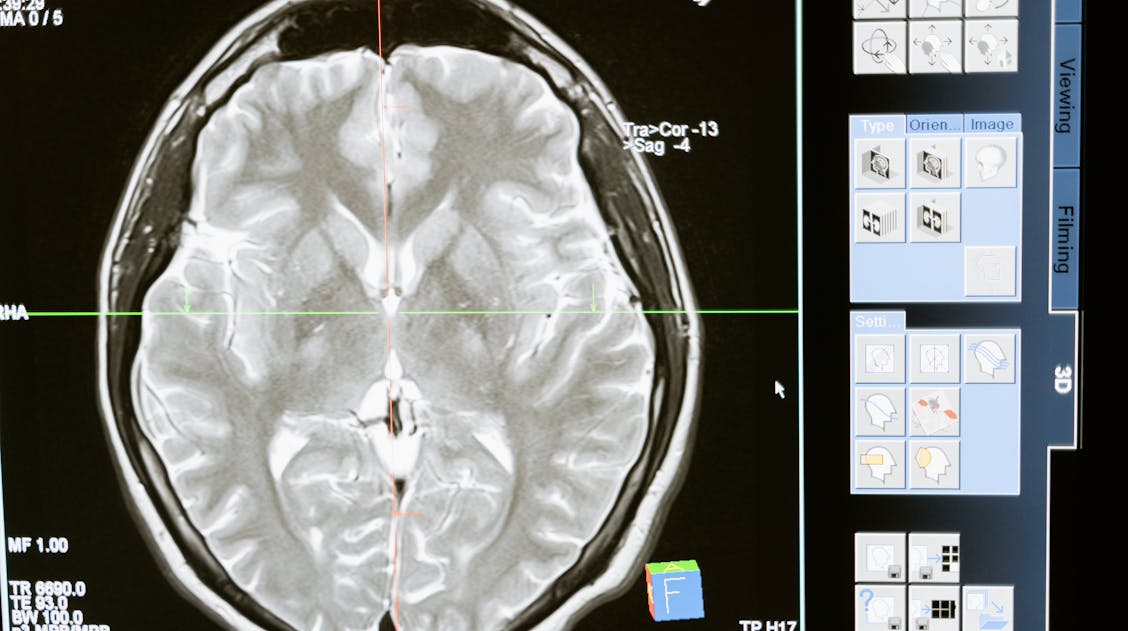
Long-Term Effects of Prenatal Exposure to Amphetamine
Amphetamine is a psychostimulant that stimulates the central nervous system. It interferes with communication between the body and the brain by hastening the speed at which messages travel between them.
Amphetamines and its derivatives are commonly used to treat a variety of brain dysfunctions, such as attention deficit hyperactivity disorder (ADHD). However, if misused, they can become addictive and have a high abuse liability. Amphetamines are a class B drug and are illegal to use recreationally.
The neurological effects of amphetamine have been widely researched. This includes during pregnancy using therapeutic dosing. However, research on the long-term effects of addiction to amphetamine during pregnancy is limited. Recently, researchers from Florida Atlantic University investigated the underlying effects of amphetamine on embryogenesis for the first time. This article explores this novel study recently published in the International Journal of Molecular Sciences, which uses a tiny worm, C. elegans, to investigate the effect of amphetamines on the embryo.
Amphetamines
Amphetamines have been shown to directly target and affect the brain’s reward centre. In particular, a wide range of studies have shown that the proteins involved in the synthesis, release, and reuptake of dopamine (DA) are either directly targeted or affected by amphetamines. It’s suggested that they increase extracellular dopamine by interacting with the DA transporter (DAT).
Dopamine’s role in the reward centre
DA is a neurotransmitter that is produced in the hypothalamus of the brain. It has crucial roles in the regulation of reward and movement in the brain. This includes modulation of behaviour and cognition, voluntary movement, punishment and reward, sleep, dreaming, mood, attention, working memory, and learning.
DA exerts its effects by binding to either postsynaptic or presynaptic DA receptors inside neuronal cells. When DA binds to postsynaptic DA receptors, the signal generated is propagated to the postsynaptic neuron. However, when DA binds to the presynaptic DA receptor, it can have one of two effects: excite the presynaptic cell or inhibit it.
Receptors with this inhibitory potential are also known as auto receptors and help to regulate balanced levels of DA. Once DA has exerted its effects on the synapse, it is taken up by presynaptic cells and can be reused or broken down. This process helps to regulate neurotransmitter levels at the synapse. It is regulated by DA transporters (DATs) as well as vesicle monoamine transporters (VMATs).
DA is also involved with the biosynthesis of other neurotransmitters, including norepinephrine and epinephrine. The biosynthesis of DA and other neurotransmitters can be limited by the action of the enzyme tyrosine hydroxylase (TH). The enzyme tyrosine hydroxylase (TH) regulates the biosynthesis of DA from the amino acid Tyrosine. DA is then further converted into other neurotransmitters, including norepinephrine and epinephrine. Amphetamine interferes with this pathway by affecting TH. The effects are dependent on how much amphetamine the individual is exposed to as well as the time frame.
Amphetamine effects on DA
Amphetamines can primarily affect the amount of DA in the synapse at one time by interacting with the DAT transporter. This prevents the reuptake of DA at the synapse, allowing DA to stay for longer periods at the synapse. This results in extended effects of DA such as feelings of euphoria. Because of this, amphetamines are widely misused and are among the most abused psychostimulants worldwide.
Long-lasting effects of high-level amphetamine exposure in utero
Researchers from Florida Atlantic University have conducted novel research using the tiny worm C. elegans to explore the impact of high-level amphetamine exposure on embryogenesis. The authors note that recent human studies have shown how in utero exposure to low therapeutic doses of amphetamine to treat ADHD does not affect the overall health of the offspring. But there is limited research concerning higher doses of amphetamines and their effect on embryogenesis.
C. elegans has been successfully used to reveal neuronal and epigenetic mechanisms in animals and humans. Furthermore, it can develop outside the uterus without maternal care, which can influence results.
“Our results were not influenced by possible amphetamine-induced epigenetic or behavioural modifications passed through maternal care, but they are a direct consequence of biological alterations at the embryo,” – Dr. Lucia Carvelli, author on the paper.
Results
The study identified that continuous exposure to amphetamines during early development causes long-lasting effects on the dopaminergic system. In particular, the researchers identified epigenetic changes such as histone methylation in the C. elegans tyrosine hydroxylase (TH) homolog cat-2 and the vesicular monoamine transporter (VMAT) homologue cat-1 genes. The researchers identified that exposure to amphetamines during embryogenesis increases the expression of cat-2, the gene which encodes TH, resulting in increased dopamine levels in adult C.elegans. They also identified decreased expression of cat-1, the gene responsible for encoding the VMAT.
Furthermore, the study identified an increased response to amphetamines following high levels of embryonic exposure. These results suggest that the modifications of TH and VMAT caused by this high level of exposure may produce animals with a hypersensitivity to amphetamines.
“The dopaminergic response to amphetamines and the mechanisms underlying histone methylation are highly conserved across diverse species, which is why we used C. elegans to examine the long-term effects caused by embryonal exposure to amphetamines,” explains Dr. Lucia Carvelli.
“Importantly, although we used C. elegans as a model system, our goal is to understand how amphetamine works in humans.”
Dr. Lucia Carvelli further explains the results of the study.
“Since our results are in agreement with data showing that mice overexpressing TH exhibit enhanced amphetamine-induced behaviours and that rats chronically treated with amphetamine exhibit a long-lasting increase in striatal reuptake of dopamine, our findings establish C. elegans as an efficient and inexpensive model to study the long-lasting physiological modifications caused by prenatal exposure to amphetamine.”
Future research in amphetamine exposure
The results from this study demonstrated that high levels of amphetamines during embryogenesis cause epigenetic effects on key dopamine transporter proteins. In addition, the researchers established C. elegans as an efficient and inexpensive model to investigate the effects of high-level prenatal exposure to amphetamines.
If you’re interested in learning more or submitting your research on neurotransmitters, please see the Special Issue in our Biomedicines journal Neurotransmitters in Health and Diseases.










